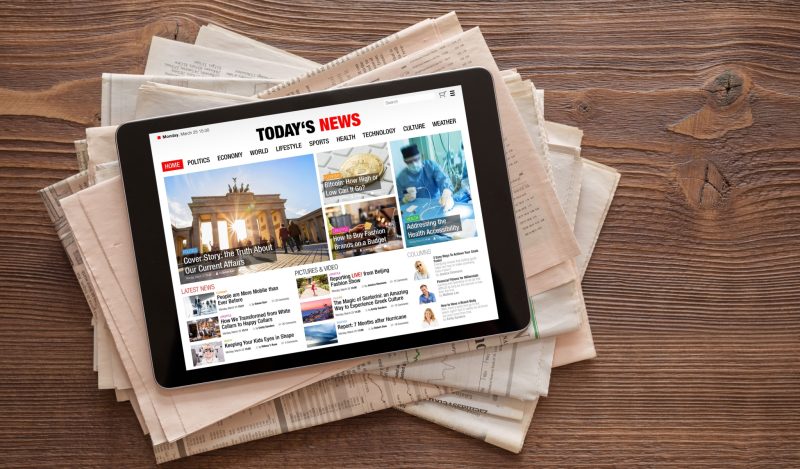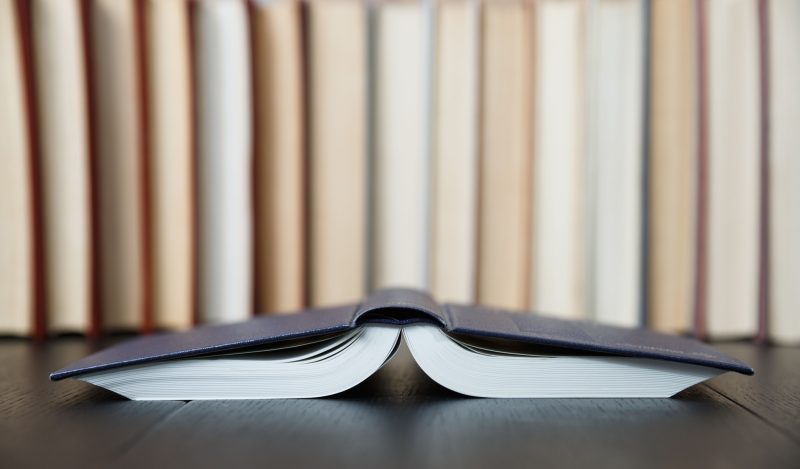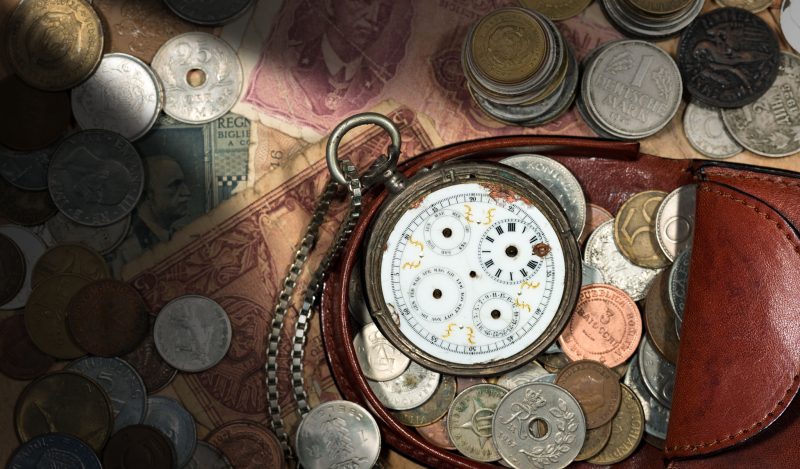Matt Hancock was the UK Health Secretary in 2020 when the pandemic struck. A lockdown hawk and a moral pygmy, he was the author of draconian restrictions imposed on business, social, educational and recreational activities in England in a rolling series of lockdowns.
He was forced to resign on 26 June 2021 after CCTV images captured him kissing and groping Gina Coladangelo, a senior aide he had hired, at the entrance to his office at a time when such intimate contacts were forbidden outside established relationships. The footage was promptly leaked to The Sun.
Both Hancock and Coladangelo were married with children at the time but separated from their families in the ensuing scandal and have been living together since.
Hancock then decided to write a memoir and hired journalist Isabel Oakeshott as a co-author. Pandemic Diaries: The Inside Story of Britain’s Battle Against Covid was published in December. The misleading title (now there’s a surprise) notwithstanding, the book was not based on a contemporaneous diary but on Hancock’s recollections supplemented by his records of communications.
As part of the collaboration and with the false security of a non-disclosure agreement, Hancock handed over to Oakeshott the entirety of his WhatsApp communications with all the key players involved in making policy to manage the Covid pandemic. She gave all 100,000 of the text messages to The Telegraph which has been publishing a series of reports and commentaries under the generic title The Lockdown Files since 28 February.
Oakeshott explained her decision to break the non-disclosure agreement by saying the country and the people deserve urgent answers to the flawed crisis management. They cannot afford to wait for the official inquiry report years down the track with the real risk of a whitewash.
The MSM Journalists’ Lack of Professional Curiosity
Had the media done their job, I would not have felt compelled to embark on what turned out to be an epic voyage of discovery about pandemic policies. In thinking back over the still scarcely believable experience of the last three years, I’ve been combing through ideas and thoughts.
I started filing away in 2020. I have a Word document with the working title “Where have all the liberals gone” dated 23 May 2020. Another from 28 May has the title “Where have all the journos gone.” It was published the next day, albeit with a different title, in the left-of-centre online Australian daily commentary Pearls and Irritations. Referencing official claims on the deadliness of the virus and the putative justifications for lockdowns, I wrote:
Almost all journalists seem to have lost their cynicism towards claims by the authorities and instead become addicted to pandemic panic porn. The measures taken have been extreme, more even than has been done during a war and more than was attempted during earlier, deadlier flu epidemics….
A critical and sceptical profession would have put the government’s and modellers’ claims under the blowtorch and subjected them to withering criticism for the magnitude of errors by which their predictions have been off. Instead they have mostly joined the adoring multitudes in showering praise on the magnificence of the emperor’s new robe. Or, to change the metaphor, it is as if the Wicked Wizard of Wuhan (WWW) has cast an evil spell over the whole world and turned it into an enchanted forest with humans confined to limited spaces and the other creatures roaming freely, no longer terrorised by homo sapiens.
In an article published in the online Australian right-of-centre daily commentary The Strategist on 5 June on coronavirus winners and losers, I listed the media as among the losers: “an inquisitive, detached and critical press should have asked tough questions on justifications and evidence. Instead, most of the media became pandemic porn addicts.” In an article in Spectator Australia in April 2021, finally, I noted that coronavirus had produced a “blizzard of bogus journalism.”
I mention these not to pat myself on the back (understandable though that might be!). Rather, it’s because reading the Lockdown Files has left me seething with ice cold rage. (Or is “white hot” the stronger expression? Funny language, English.) As Janet Daley comments, we went “from disinterested journalism to Pravda in a single bound.” And as Jeffrey Tucker so elegantly put it: “What is amplified and what is buried [by the MSM] is an editorial decision, not a reflection of reality.” They amplified the superstitious fear and buried scientific scepticism in a double distortion of reality.
On 25 January 2020, unbelievable as it now seems, Donald Trump tweeted his thanks to China’s President Xi Jinping: “China has been working very hard to contain the Coronavirus. The United States greatly appreciates their efforts and transparency. It will all work out well.”
Two days later, noting Trump’s remarks, Siobhán O’Grady wrote in The Washington Post that only a draconian government could institute such tough measures to restrict people’s activities. She quoted Yanzhong Huang from the Council on Foreign Relations that China’s extreme measures were “an emotional response.” Often, they are not based on evidence and can cause serious side effects that are exacerbated by an unquestioning media that parrots the state’s talking points. No s**t, Sherlock.
It didn’t take long for the US media to flip and smear individuals and politicians who questioned lockdown and go after countries (Japan, Sweden) and states (Florida, Georgia, Iowa, South Dakota) that refused to lock down, while lavishing praise on Andrew Cuomo’s performance in New York. YouTube removed a video of a US Senate committee hearing, and of the roundtable discussion by Governor Ron DeSantis with Trump’s coronavirus adviser Scott Atlas and the authors of the Great Barrington Declaration (GBD), despite Florida’s comparative success among US states on most key pandemic metrics based on their advice.
And still Dana Milbank wrote in the Post on 3 March a mocking piece on the GBD authors: “There is no known cure for long covidiocy.” The glib retort would be to query if perchance he was looking in the mirror when the “long covidiocy” smear occurred to him. The more substantial response would be for someone to draw his attention to the Lockdown Files in the UK and ask: Who among his fellow-American journalists has done the Watergate-era equivalent investigations, in which the Post played the starring role, in relation to the pandemic?
Oakeshott has been criticized by some British journalists – Nick Robinson, Cathy Newman (who was so comprehensively yet courteously taken down in a viral interview with Jordan Peterson in January 2018 that has been viewed by more than 43.5 million people), Kay Burley – for having betrayed trust and confidentiality.
Spare me.
They would do better to engage in some soul-searching on the infinitely greater damage done to their profession by the way they joined the drumbeat of ever harder and serially longer restrictions dictated by data-free voodoo science. I doubt I was the only one to stop watching/listening to TV and radio news entirely just to avoid being triggered into extreme irritability at the fear porn being peddled by catastrophizing reporters.
The WhatsApp messages were part of the official policy-making process and should be in the public realm by law. They properly belong to the people and not the politicians: written by ministers and aides who are all paid by and accountable to taxpayers, using official communications devices, to make decisions that affected everyone. By what ethical principle was the government keeping them hidden?
Oakeshott has acknowledged breaking a non-disclosure agreement. So what? The public interest is paramount and that too with a sense of urgency. With each new day’s fresh batch of revelations, the critical murmurs seem to have died down as the enormity of the toxic dysfunctionality and malfeasance sinks into the public consciousness.
To be sure, an official inquiry has already been set up. However, the UK’s experience with official inquiries into controversial government policies and actions is not very reassuring on the timeline of the hearings and publication and content of the final report.
The Bloody Sunday inquiry was set up in 1998, finished hearing evidence in 2004, but did not publish its damning report until 2010.
The Chilcot Report was reasonably good on how the UK got into the Iraq War, but took more than seven years from 2009 to 2016. The Hutton inquiry into the suicide of British scientist David Kelly produced its report within six months but was a complete whitewash. I still remember my sense of total incredulity at the first news reports on the inquiry report.
How much material will be redacted and how much published by the official Covid inquiry? What will be the balance between a whitewash and an honest and robust analysis and recommendations with bite? Inquiry Chair Baroness Heather Hallett, a former High Court judge, insists she is “determined” to reach conclusions, make recommendations as soon as possible and not produce a whitewash.
Yet, the public hearings have not yet started, with the first ones scheduled for 13 June, and not a single witness has been called so far. With no less than 62 barristers instructed by the chair, it will not come cheap. The bill for the inquiry had climbed to £113 million in March 2023 based on the 37 public contracts awarded to date.
Against the backdrop of glacial progress by official inquiries and their capture by an establishment desperate to defend its legacy and is extremely skilled at doing so (just go back in time and watch episodes of Yes Minister and Yes, Prime Minister again), the press has a duty to release information, accelerate debate and hold power to account while memories are still fresh and wounds are raw.
In an article for The Telegraph, Julia Hartley-Brewer – one of the few British journalists able to hold her head high for fearless pursuit of much of the nonsense of Britain’s Covid policies – excoriates her journalistic colleagues. She asks if their questioning of Oakeshott’s professional integrity is motivated by envy of a major scoop by a competitor (Toby Young calls it “the scoop of the decade”), or because it calls into question their own convictions on the essential soundness of government policies on lockdowns, school closures, masks and vaccines.
They are more likely driven by anger at being shown up for their own intellectual laziness and lack of curiosity and investigative zeal in putting tough but necessary questions to policy pronouncements from the government for nearly three years. Instead, they cheered each fresh restrictive announcement and often demanded more, more stringent, earlier, and longer restrictions. Hartley-Brewer concludes:
Maybe if those journalists had bothered to ask the right questions in 2020 and in 2021, then we wouldn’t have to search for the answers in the morass of Matt Hancock’s WhatsApp messages in the here and now.
What might explain the media pusillanimity? With economic activity drastically curtailed, many media outlets became exceptionally dependent on government advertising revenue. In Canada and New Zealand, governments directly subsidized some parts of the media, worth CAD 600 million plus a supplementary $65 million “emergency relief” package and NZD 55 million, respectively.
In a pandemic era analogue of “If it bleeds, it leads,” exaggerated catastrophism also brought bigger numbers of eyeballs to their sites, generating additional revenue. And possibly the echo chamber ended up terrorizing the media class itself. It all added up to a woeful abandonment of journalistic curiosity, investigative entrepreneurship and willingness to challenge the state narrative.
Spectator Australia and SkyNews Australia were honourable exceptions to the media madness here in Australia, along with a few journalists at The Australian like Adam Creighton, Chris Kenny, and Steve Waterson. So too were GBNews in the UK and some individual journalists like Hartley-Brewer, Peter Hitchens, Allison Pearson, and Toby Young. The latter founded The Lockdown Sceptic (now The Daily Sceptic) which, along with The Conservative Woman, and Brownstone Institute in the US, helped vast numbers of people stay sane, if not alive, amidst the pressures of loneliness and despair.
Hitchens was another British journalist to call out lockdowns from the start. For his troubles he received a formal censure from the Independent Press Standards Organisation (IPSO). After the Lockdown Files began to be published, he wrote: “I intend to have a bronze medal struck, which I can wear on ceremonial occasions, recording this censure, intended as a rebuke and taken as an insult but which I will in future regard as an honour.” Sounds about right.
The Bill Gates Factor
A related question is the extent of influence of Bill Gates on media coverage of global health issues and the near-hagiographical reporting on his views on diseases. The Gates Foundation is reported to have given out $319 million to media outlets.
His modus operandi is to exaggerate the threat from a new disease, invest in new technology to combat the threat, hype its potential, see shares climb, sell at or near the peak, then admit that the threat did not materialize as badly as feared and express relief that it did not. And concede that the technology also failed to live up to expectations.
Writing in the Spectator Australia last month, Rebecca Weisser noted that Gates invested in BioNTech (which makes the Pfizer Covid-19 vaccine) in September 2019 with the share price at $18 and sold most of his shares two years later at $300 each, making a killing with a $242 million tax-free profit.
In February 2020, Gates warned that Africa’s health services could be overwhelmed by the coronavirus, leading to 10 million deaths. In April, Melinda Gates warned of dead bodies all over the streets of Africa. Towards the end of the year, Bill Gates wondered why Africa’s Covid mortality toll was not as high as predicted. “One thing I’m happy to have been wrong about – at least, I hope I was wrong – is my fear that Covid-19 would run rampant in low-income countries.” By March 2023, according to Worldometers, Africa’s total number of Covid deaths was 258,000.
Perhaps I can help the world-renowned health philanthropist. Writing for a website run by the African Centre for the Constructive Resolution of Disputes (ACCORD: I used to be closely involved with them during my UN days) on 18 May 2020, I advised: “Africa has the opportunity to lead the world in an evidence-based rather than fear-driven approach and be an oasis of sanity and calm in a world gone collectively mad.”
The risk assessment included the high survivability from Covid infection at the time, with barely two percent of infections being classified as serious (currently only 0.2 percent of global and 0.1 percent of African active cases are described as serious or critical by Worldometers); the steep age gradient of those most vulnerable and the substantially younger demographic profile of African countries; the share of populations living in open country with lots of sunshine; and the prevalence of multiple deadlier diseases.
Against that backdrop, African countries should not panic, should watch the evolving situation carefully, be prepared for a sudden explosion in cases and deaths by urgently upgrading their health infrastructure and surge capacity, and activate these preparations if, but only if, the need arose. In the event it did not.
In a moderated conversation under the auspices of the Lowy Institute when Gates flew to Australia in January this year, he said (at around the 54:30 mark in this YouTube video of the event on 23 January):
We also need to fix the three problems of [Covid mRNA] vaccines …. The current vaccines are not infection-blocking. They’re not broad, so when new variants come up you lose protection. And they have very short duration, particularly in the people who matter, which are old people.
Incidentally, Gates watched, from a front row seat, the Australian Open men’s tennis final that was won by the world’s best known unvaccinated athlete, Novak Djokovic. A penny for Gates’s thoughts?
Regulator, Heal Thyself
Journalists were once a group that aspired to speak truth to power. My sorry conclusion is that too many today are people who regurgitate official lies to gain and maintain proximity to power. The tragedy of the fall of journalism-as-it-should-be is perfectly illustrated by the censures handed out to Hitchens, as mentioned above, by IPSO who also rebuked Toby Young for one column in The Telegraph in July 2020.
The latest example of the broadcast regulators coming down hard on the slightest misstatement from critical commentators is Ofcom pulling up Mark Steyn for the use of one wrong word – “definitive” instead of, say, “suggestive” or “possible” – in a GBNews broadcast on 21 April 2022.
As Dominique Samuels tweeted: “So Mark Steyn’s comments were in breach of your ‘broadcasting rules’ but TV doctor Sara Kayat claiming [on ITV’s This Morning] the Covid-19 vaccines were 100% effective, with NO counter opinion included, wasn’t”? Precisely.
Disappointingly, GBNews let Steyn go. But the feisty commentator had his own say: “Ofcom is not an impartial arbiter, but rather a body that three years ago chose to take one side: the side of the state narrative. And when it did that, it killed honest discussion on TV and radio.” Promising to take his appeal to a real court of law to expose Ofcom, he echoed Hitchens: “I wear my Ofcom death sentence with pride.”
Thanks to the Lockdown Files, we now have “definitive” proof that much of Covid policy was cruel and inhumane, made on the hoof, driven by dogma and self-interest, without the requisite evidence and sometimes even against scientific advice, to foment fear, avoid picking arguments with political opponents, promote personal and party agendas, etc. It failed to stop the spread of Covid but has inflicted substantial and lasting damage.
How often did the media regulators pull up and formally censure ministers, newspapers and broadcasters for false claims in support of lockdowns, masks and vaccines? Liberal democracy operates in the belief – nay, the conviction – that a free press is an essential prop of free societies and that probing media scrutiny delivers better policy outcomes while also acting as a check on abuses of power.
On 11 March, Der Spiegel, hailed by The Economist as “one of continental Europe’s most influential magazines,” became the first MSM that I am aware of to publish a mea culpa by one of its columnists, Alexander Neubacher:

Google translation:
Ban excesses in the pandemic
Our corona failures
We now know that many pandemic measures were nonsensical, excessive, and illegal. No glory sheet, not even for us media.
In light of what we now know, is it unfair to ask: How many deaths and preventable injuries and illnesses might have been avoided but for the intimidation of robust media questioning and reporting by Ofcom and IPSO? If they are not prepared to address this double standard they risk shredding their own credibility.
Published under a Creative Commons Attribution 4.0 International License
For reprints, please set the canonical link back to the original Brownstone Institute Article and Author.









